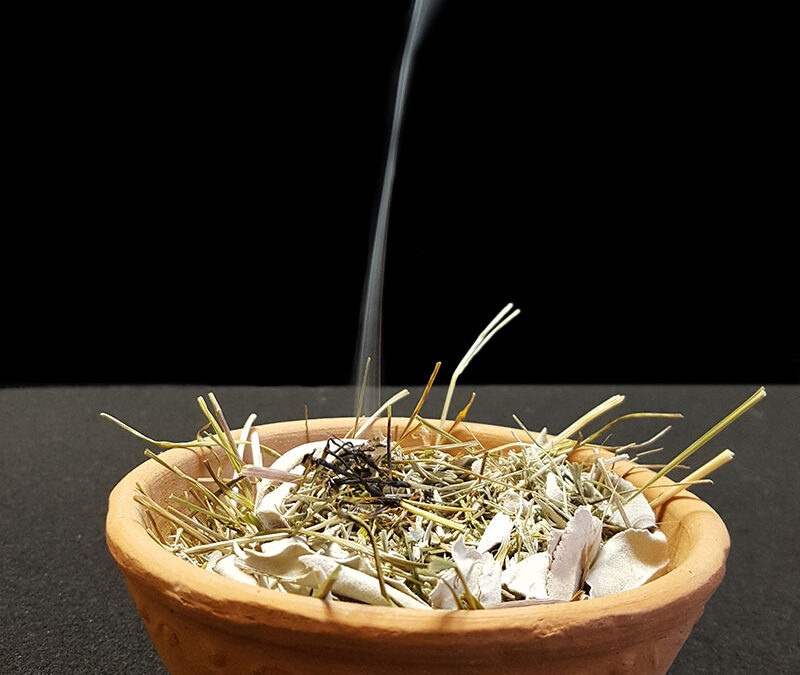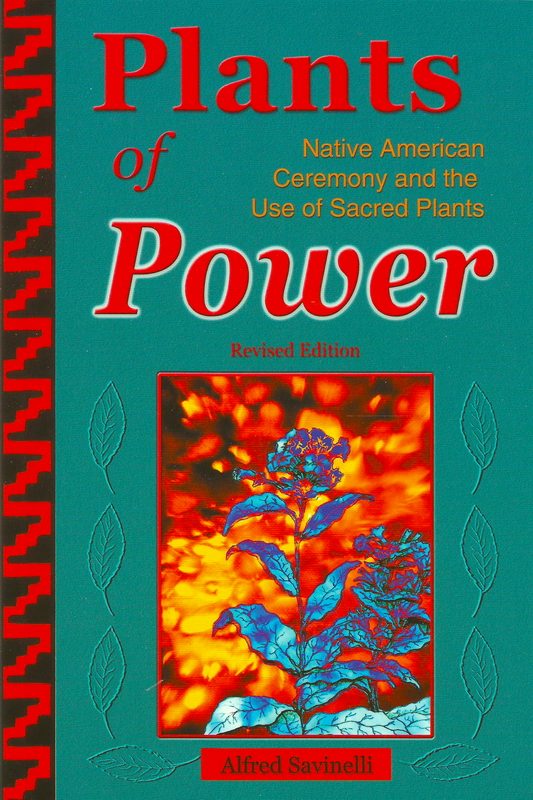History of Smudging with Sage
Based on the use of plant and resin smoke this practice possibly evolved out of the primordial campfires from distant caves.
The ceremony of cleansing people, places and objects through smoke is continued today. Not only good for keeping pesky flying insects away certain plant smokes (smudges) could preserve food and hides. Some smudges could also impart protection from unseen spirits and thoughts. To apply the protective cleansing power of a smudge a leaf or resin was heated to make smoke that was brushed over the person or object often with a feather fan. Some plant smokes had specific healing properties while others more generic powers.
The smoke for smudging is made either by spreading dry herbs on hot coals or hot rocks or igniting dry hers in a clay bowl or shell.
Desert sage brush covers much of the high plateau of the western states and is expanding its range. Sagebrush bark has provided fiber for footwear and clothing to the Fremont culture. Sagebrush grows a protective cover for rabbits and small game, improving their habitat. With its many variations and names, Big Sage Brush, Mountain Ball Sage (Artemesia frigida), Sweet Sage (Artemesia dracunculoderes), Black Sage (Artemesia nova) as well as all its common tribal names, sage is a respected plant family.
Desert sage grows on the high desert of the West. It is traditionally used in ceremonies and included in medicine pouches and bundles. Sage is burned in smudging ceremonies to drive out bad spirits, feelings or influences. The leaves are valued for their aromatic properties and are used as a natural moth repellent. Sage can be used in numerous ways. Native Americans of the Plains Nations cover the floor of their sweat lodges with sage. They will also breathe through a small bundle of sage and at times rub the bundle on their bodies while in the sweat lodge.
Some tribes commonly wrapped their pipes in sage before they bundled them up. They believed that objects wrapped in sage were purified. Sage wreaths are still placed around Sundancer’s heads, wrists and ankles during the ceremony.
“Sage makes the bad spirits sick. They go away from it when it is burned. It does not make the good spirits sick. They will not leave when it is smoked. Sweet grass is pleasant to all the spirits. Good spirits like it. Bad spirits like it. All like it. The smoke of sweet grass is pleasant to the good spirits. They come to the smoke. They are pleased with one who makes this smoke. They will listen to what such a one asks. But the bad spirits come also to enjoy the smoke. So, sage must be burned to make them sick. Then, sweet grass to bring good spirits.”
Traditional stories and myths tell of the power of sage in that wherever sage is present negative forces cannot enter. In the Inipi ceremony, a sprig of sage is worn behind the right ear to protect the participant and placate the little people.


